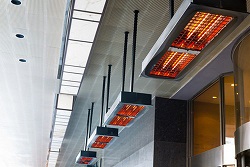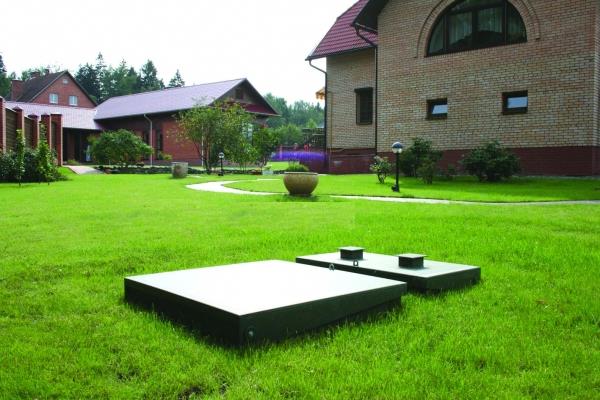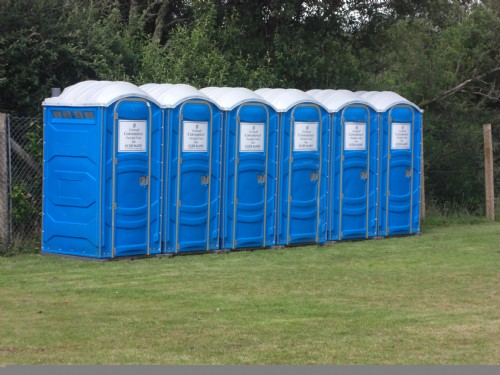Introduction to Q-Switching what you need to know
 In a Q-switched laser, there are chances that the population inversion may get generated by the introducing loss inside the resonator which exceeds the gain of the medium, this can be also be explained as the reduction of the quality factor or “Q” of the cavity.
In a Q-switched laser, there are chances that the population inversion may get generated by the introducing loss inside the resonator which exceeds the gain of the medium, this can be also be explained as the reduction of the quality factor or “Q” of the cavity.
Then, after reaching the maximum possible level of pump energy stored in the laser medium, the introduced loss mechanism (often an electro- or acoustic-optical element) is rapidly removed (or in a passive device itself), thereby Allowing lacing to start which rapidly transfers the accumulated energy to the gain medium.
Mode-locking
A mode-locked laser is a type of laser that is capable enough to throw extremely short pulses in the order of tens of picoseconds down to less than 10 femtoseconds. These pulses will be repeated over the round-trip time, that is, the time taken for the light to complete one round trip between the mirrors containing the resonator. Due to the energy-time uncertainty which is also referred to as Fourier limit, a pulse that has such a short temporal length consists of a spectrum spread over a considerable bandwidth. Therefore, the gain medium should have a gain bandwidth that is sufficiently broad to enhance or amplify those frequencies. An example of a suitable material is titanium-doped, artificially grown sapphire which has a very wide gain bandwidth and thus can produce pulses of only a few femtosecond durations. The industrial lens manufacturers usa produces windows optical with the help of industrial co2 lasers.
These types of mode-locked lasers are one of the most useful and versatile tools that are used for research purposes occurring on very short time scales (also known as femtosecond chemistry, femtosecond physics, and ultrafast science) in order to maximize the effect of nonlinearity in optical materials (e.g., in parametric down-conversion, second-harmonic generation, and optical parametric oscillators and the like).
Pulsed pumping
Another way to achieve pulsed laser operation is by pumping the laser material with a source that is itself pulsed, either through electronic charging in the case of a flash lamp, or another laser that is already pulsed. In the past time, pulsed pumping was used with dye lasers where a due molecule’s inverted population lifetime was extremely short that high energy, fast pump was needed. Three-stage lasers also require pulsed pumping in which the low energy level rapidly becomes highly populated, preventing them from proceeding until the atoms are at rest in the ground state.









